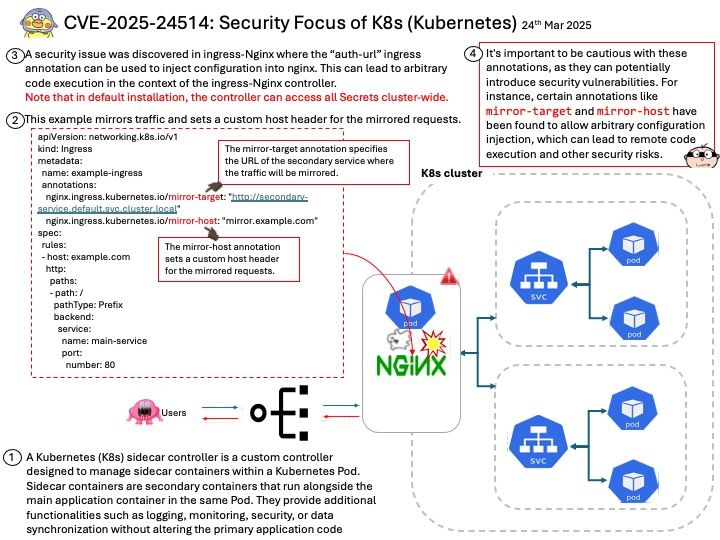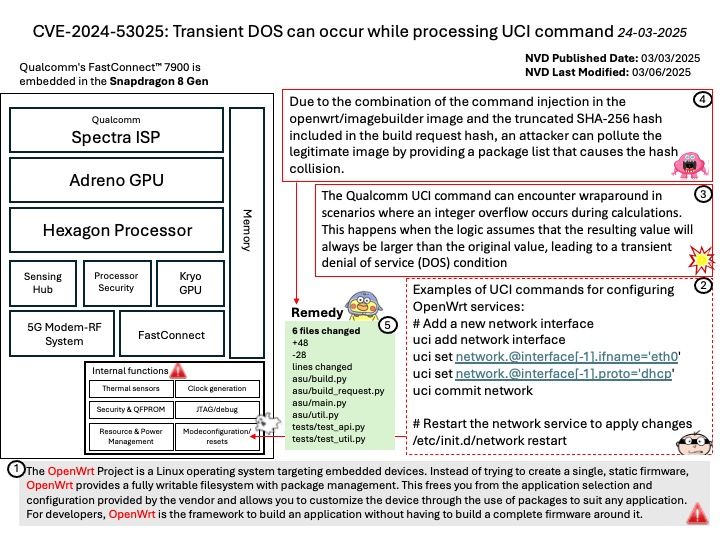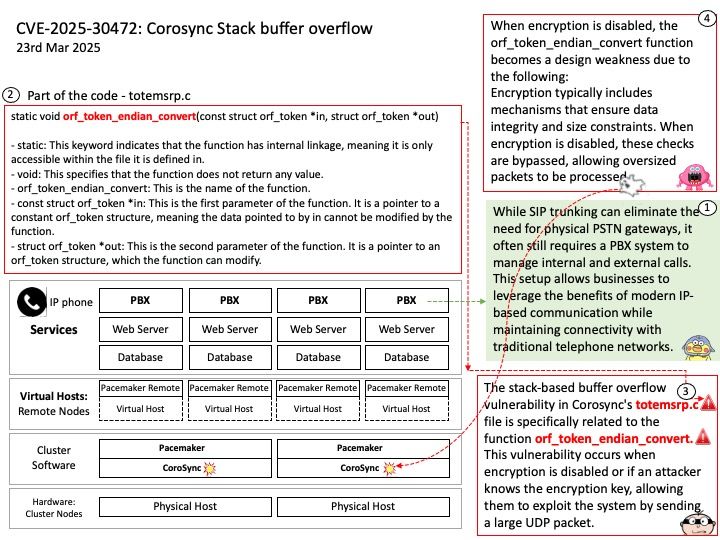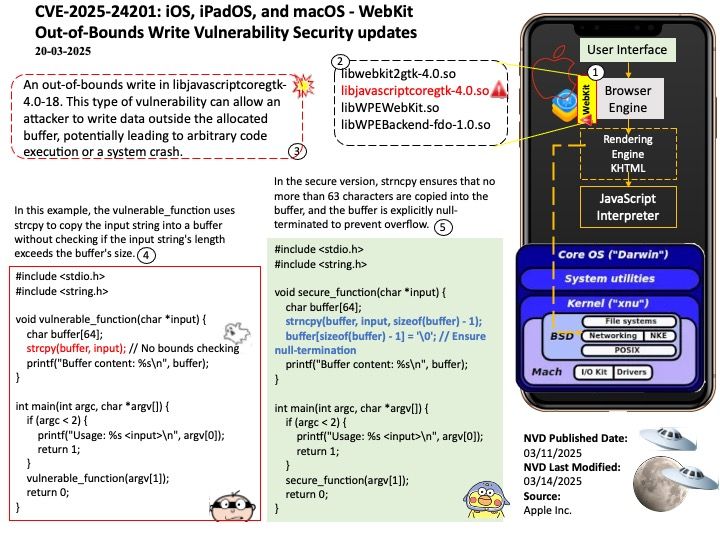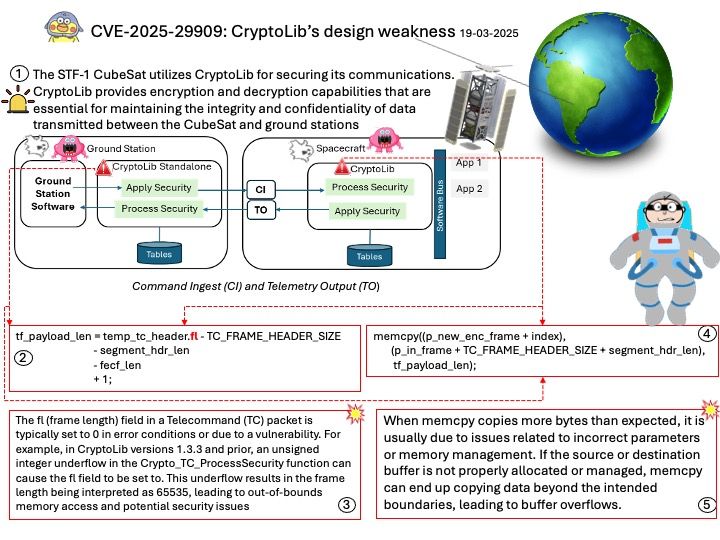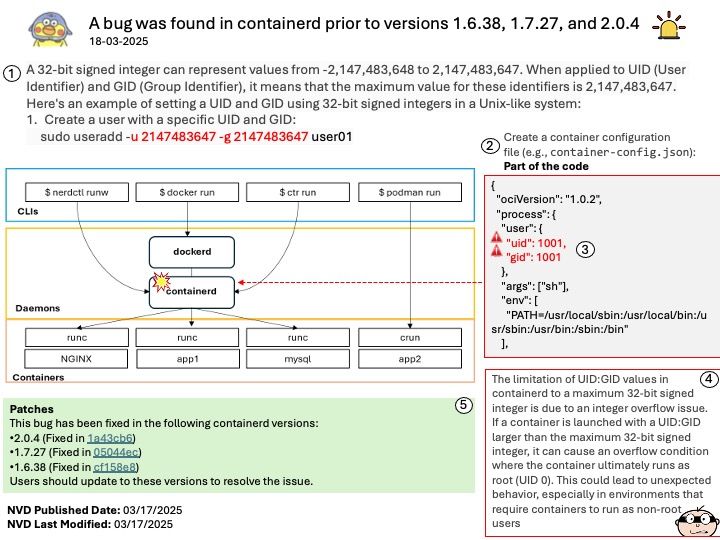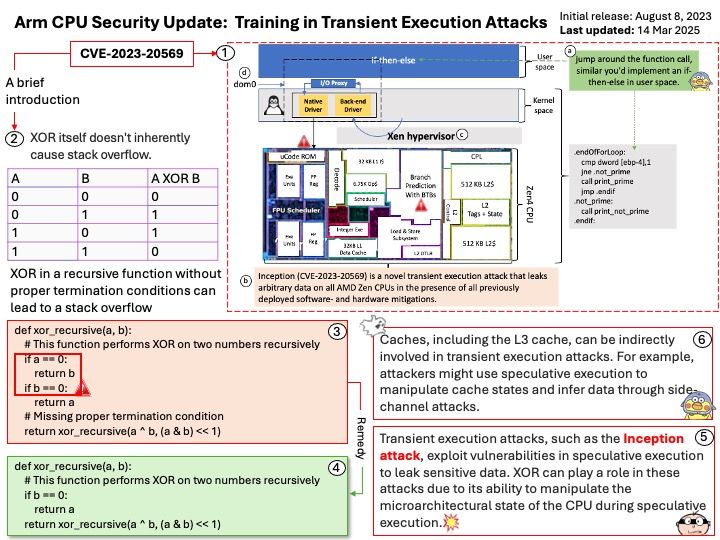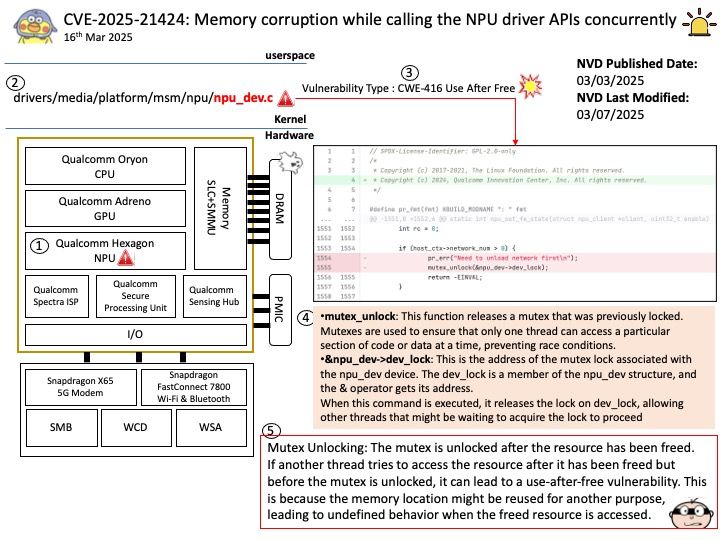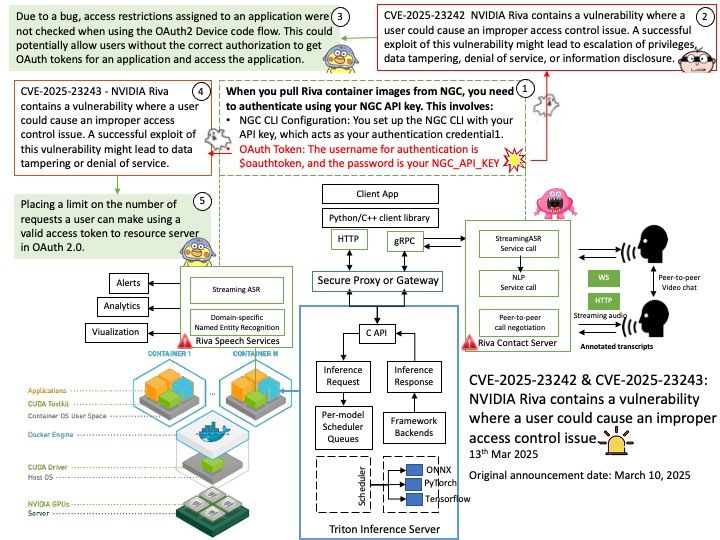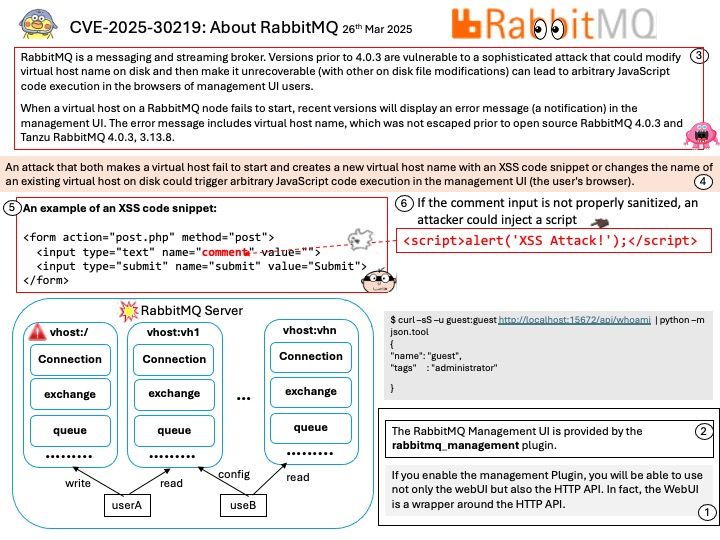
Preface: Message queues are quite important in machine learning for several reasons:
- Decoupling Components: They allow different parts of a machine learning system to operate independently. For example, data producers (like sensors or user inputs) can send data to a queue, and data consumers (like preprocessing units or models) can process this data at their own pace.
- Asynchronous Processing: Machine learning tasks, especially training and inference, can be resource-intensive and time-consuming. Message queues enable these tasks to be processed asynchronously, ensuring that the system remains responsive and efficient.
- Scalability: By using message queues, you can easily scale your machine learning system. Multiple consumers can process messages from the queue simultaneously, allowing the system to handle larger workloads without bottlenecks.
Background: RabbitMQ can be quite helpful in AI applications! RabbitMQ is an open-source message broker that facilitates communication between different parts of a system asynchronously. Here are some ways it can assist AI:
- Task Orchestration: RabbitMQ can manage and distribute tasks across various AI models and services, ensuring efficient processing and load balancing.
- Handling Asynchronous Requests: It can queue up inference requests and process them asynchronously, which is particularly useful for resource-intensive AI models.
- Data Queuing: RabbitMQ can queue data for processing, allowing AI systems to handle large volumes of data in a controlled manner.
If you enable the management Plugin, you will be able to use not only the webUI but also the HTTP API. In fact, the WebUI is a wrapper around the HTTP API.
Vulnerability details: RabbitMQ is a messaging and streaming broker. Versions prior to 4.0.3 are vulnerable to a sophisticated attack that could modify virtual host name on disk and then make it unrecoverable (with other on disk file modifications) can lead to arbitrary JavaScript code execution in the browsers of management UI users.
When a virtual host on a RabbitMQ node fails to start, recent versions will display an error message (a notification) in the management UI. The error message includes virtual host name, which was not escaped prior to open source RabbitMQ 4.0.3 and Tanzu RabbitMQ 4.0.3, 3.13.8.
Official announcement: Please refer to the link for details –
